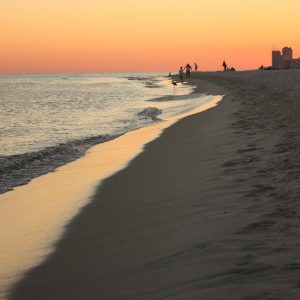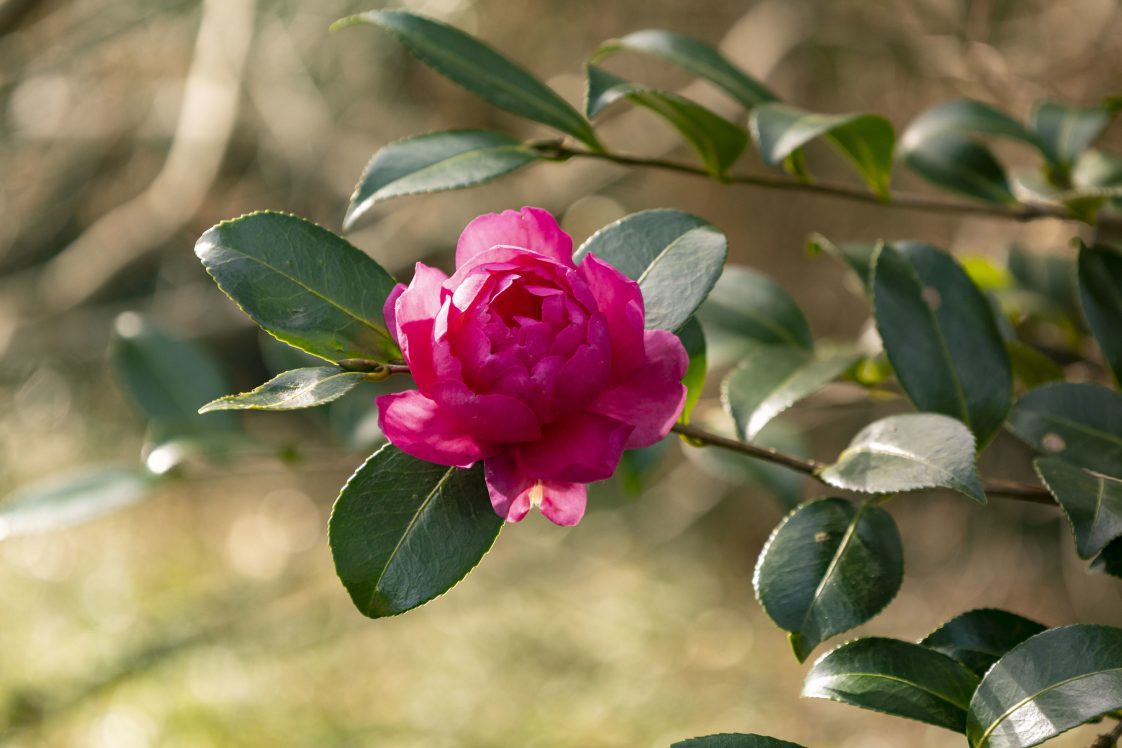Lawn & Garden

AUBURN UNIVERSITY, Ala. – Alabamians are intentional about the plants they use in their gardens and landscapes. These areas change throughout the year by the season and climate. However, there is another aspect that gardeners should keep in mind — geography. An Alabama Cooperative Extension System regional agent said coastal Alabama horticulture is in a class all its own.
Throw Out the Rulebook
In a recent episode of Alabama Extension’s From the Ground Up! Podcast, gardening in south Alabama is highlighted by Jack LeCroy, an Alabama Extension home grounds, gardens and home pests regional agent. LeCroy said he tells his clients that if they are from anywhere other than south Alabama they should forget everything they’ve learned about gardening.
“It is completely different around here,” LeCroy said. “You have to deal with extreme heat, hurricanes, humidity and heavy rainfall.”
He adds that south Alabama ranks in the top three areas for annual rainfall in North America. These factors can make it difficult to do anything horticulture related. However, there are pros and cons of this climate.
He said one of the pros is that coastal environments bring warmer temperatures, allowing gardeners to extend growing seasons. Unique planting options such as citrus also perform well, which cannot grow in other portions of Alabama.
Coastal Planting Options 
LeCroy said a south Alabama gardener should make planting decisions based on their specific location and hardiness zone as determined by the United States Department of Agriculture.
“There are zone differences between the northern and southern parts of Mobile and Baldwin counties,” he said. “For example, extreme southern portions of Mobile County are in a 9a hardiness zone where gardeners should begin considering a plant’s salt tolerance.”
Any plant or turfgrass should be researched prior to planting because of salt spray from the ocean. LeCroy said gardeners can visually determine a plant’s salt tolerance by observing how the plant or turf performs when it is planted at least one eighth of a mile from the ocean.
Plants must be tough to grow in this region. Afternoon sunlight can push into sustained heat indices of more than 100 degrees. Species such as camellias, palm trees, pink muhly grass, podocarpus (an evergreen plant), flax lilies (dianella) and citrus trees are more resilient to these temperatures.
“Just because you plant something in south Alabama does not mean that it doesn’t need to be cold hardy,” LeCroy said. “Every winter can be completely different from the last. For example, the 2022-2023 winter was cold. Citrus types like blood and navel oranges are susceptible to freeze damage. Satsumas and kumquats are our most cold-hardy citrus trees.”
He encourages gardeners to do research beforehand when it comes to desired plants because not all species are created the same. It’s also important to consider time and maintenance needs for plants before grabbing the gardening gloves.
Talk to a Professional
When in doubt, the best option for horticultural advice is contacting a professional. There is an Alabama Extension agent ready to help in each different region throughout the state. Contact your local Extension office to connect with a home grounds, gardens and home pests agent.
For more planting options and tips for south Alabama horticulture, listen to the full episode of the From the Ground Up! Podcast.

